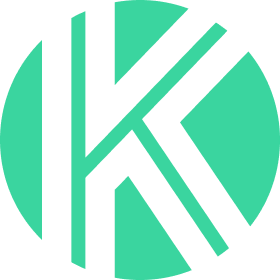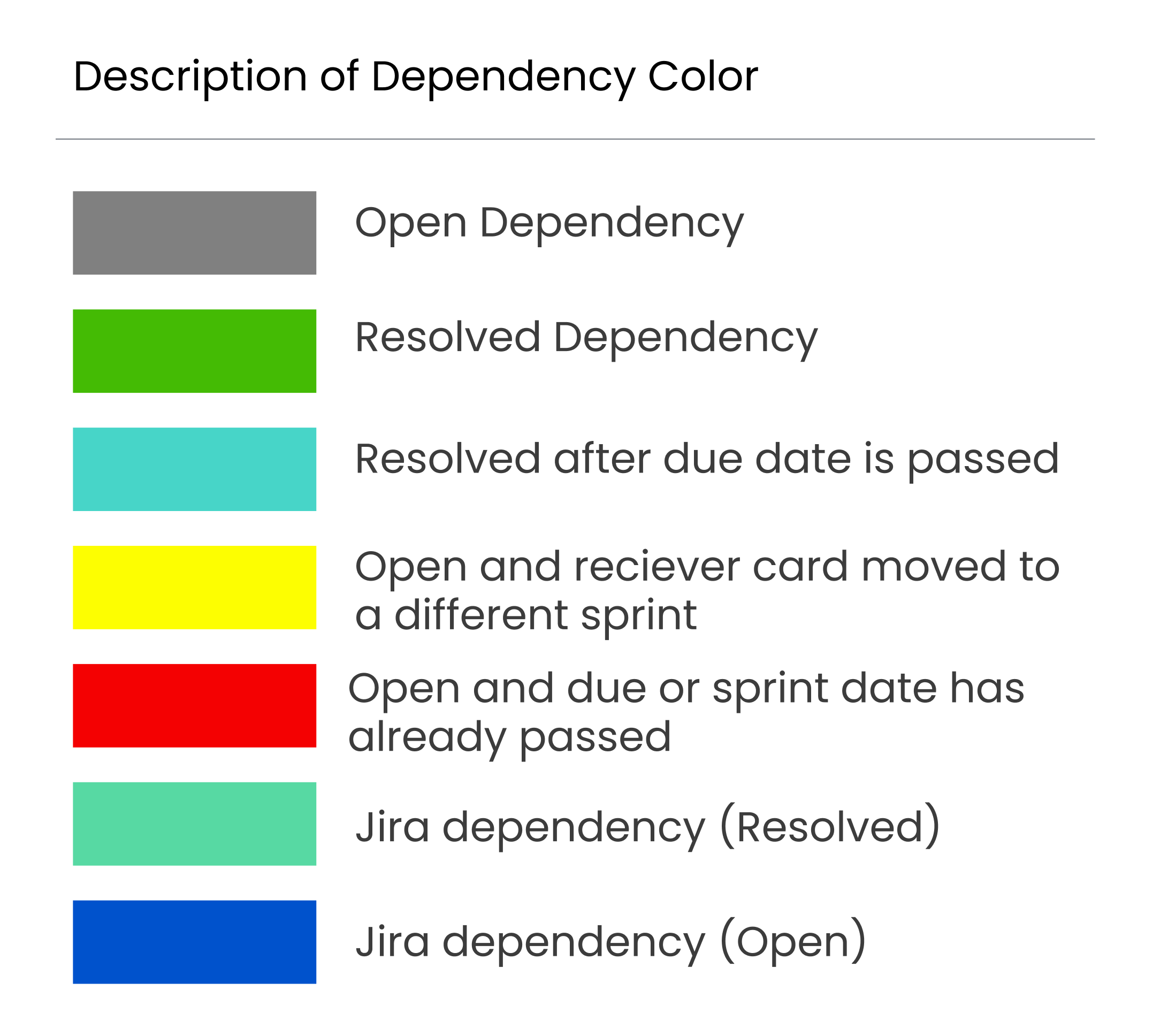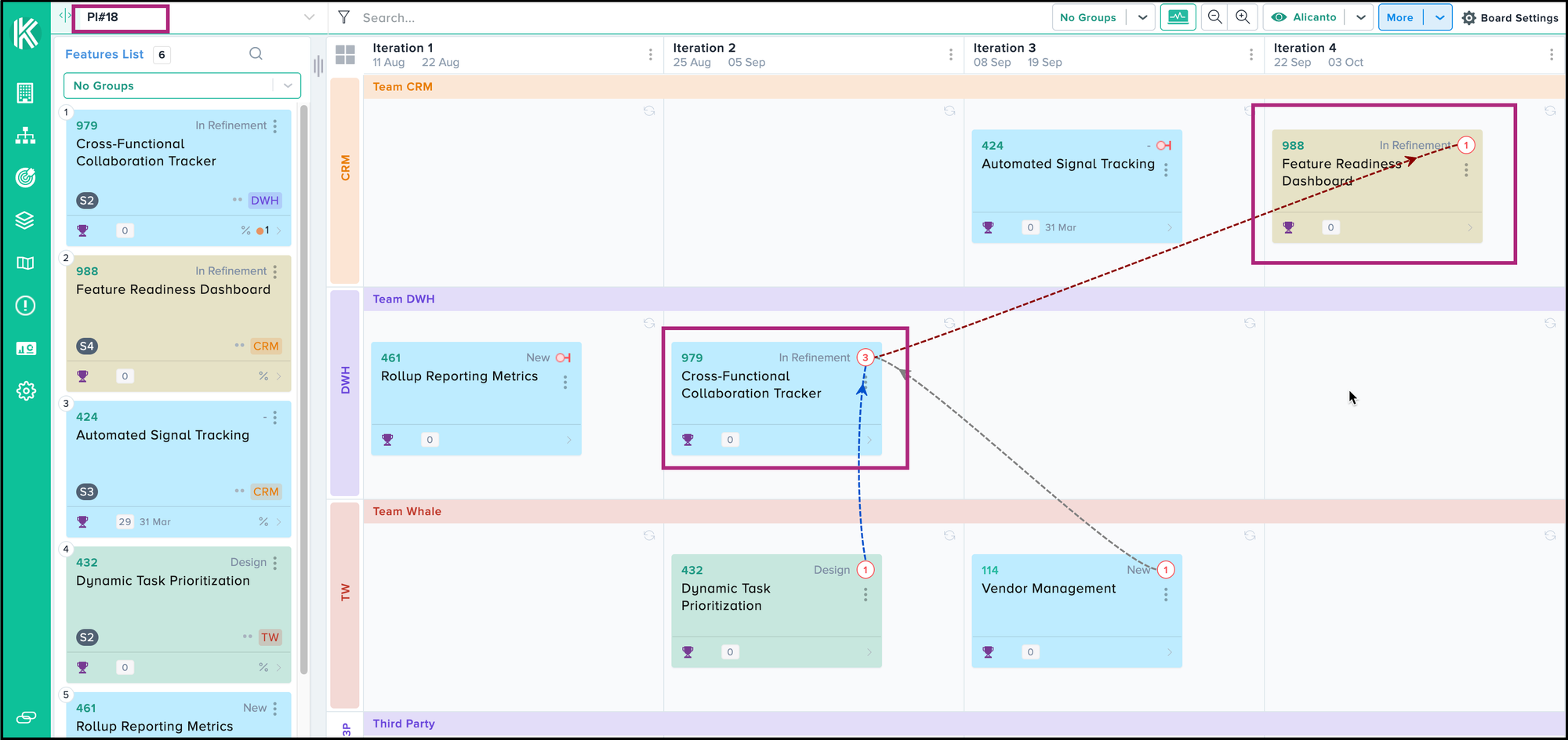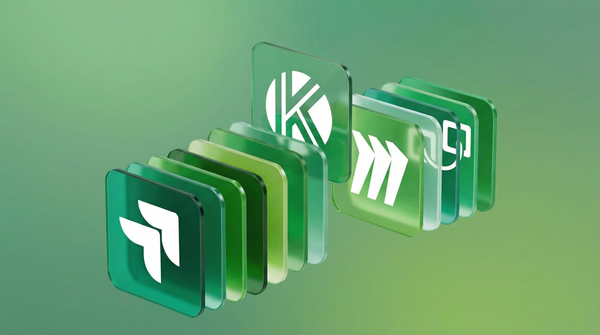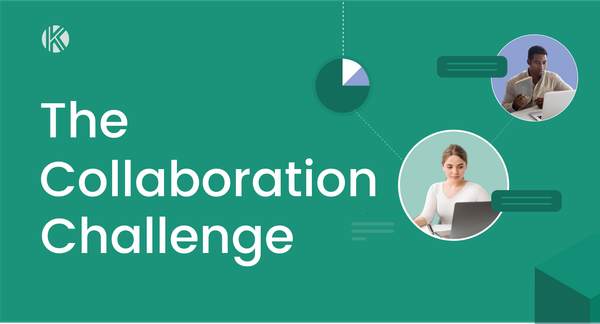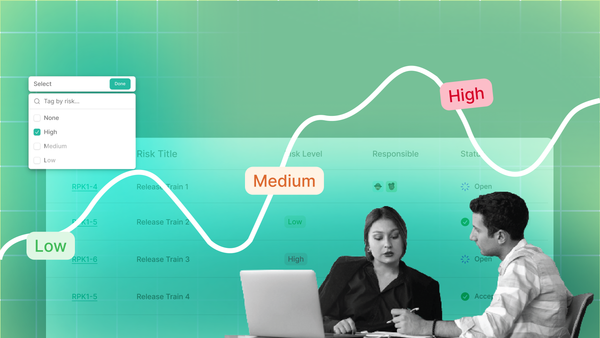A New Way to See and Manage Dependencies in Kendis
Introducing a new Dependency Tracking experience, built for better visibility, faster filtering, and effortless management of cross-team dependencies.
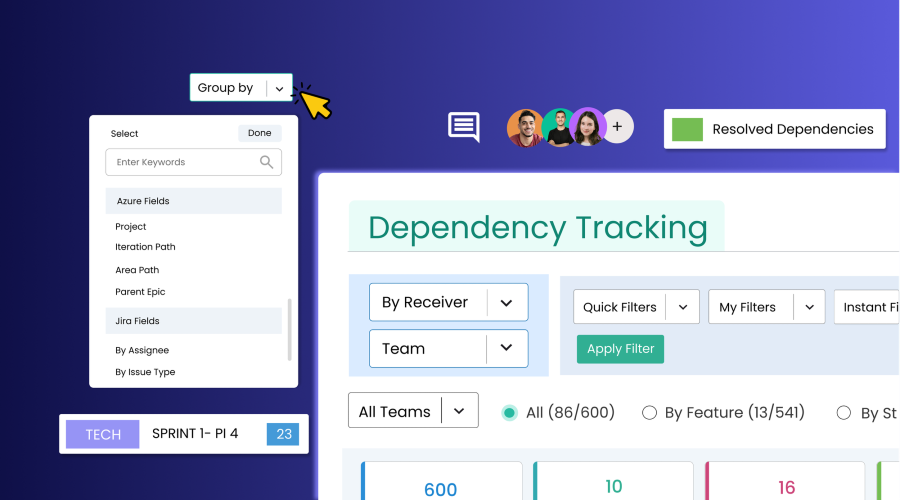
If you're operating in a Scaled Agile environment, managing work across multiple teams and Program Increments (PIs), you know the secret challenge: Dependencies are the single greatest threat to predictable delivery.
While the PI Planning process makes dependencies visible on the Program Board, the difficulty lies in the day-to-day management of those dependencies inside your Application Lifecycle Management (ALM) tool. Previously, the flow of dependencies between teams and across timeframes was clear, but the mechanism for tracking and understanding them afterward was often cumbersome.
Kendis has significantly upgraded its toolkit to solve this problem, turning dependency management and tracking from a painful exercise into a source of actionable insight. Here are the major benefits that elevate Kendis from a visualization tool to a comprehensive dependency management system.
Instant Management: Introducing Program and Solution Board Dashboards
Kendis now provides instant dependency dashboards directly within the platform, giving you two levels of control:
Program Board Dependency Dashboard:
This provides the ART (Agile Release Train) level management view. It offers immediate metrics on total dependencies, clearly highlighting items that "Require Attention"—such as reverse, unplanned, or overdue dependencies. This dashboard ensures the Release Train Engineer (RTE) and key stakeholders can quickly assess and mitigate risk within a single PI.
Solution Board Dashboard:
This is essential for organizations operating at the portfolio or large solution level, managing multiple intertwined Program Boards. This dashboard aggregates cross-ART dependencies, offering leadership an unparalleled top-down view of dependencies that span across different PIs, teams, and even entire value streams.
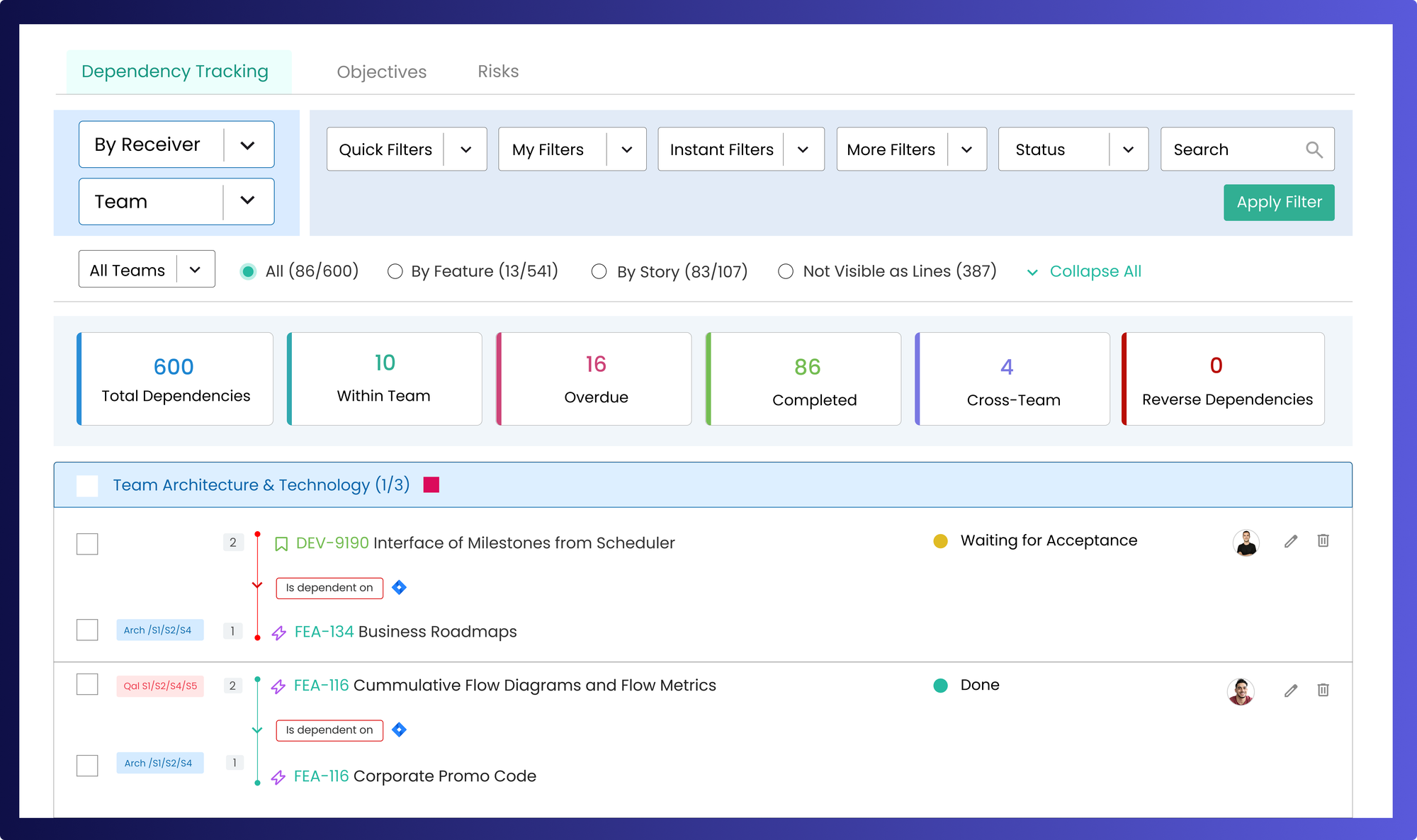
Understand How to Filter Dependencies List by Color
The Power of Simplicity: Clarity with '1' and '2' Numbering
Dependency links in native ALM tools (like Jira or Azure DevOps) often rely on confusing or generic link types: consumes, relates to, predecessor, or successor. These terms require interpretation and can lead to misunderstandings between teams, causing friction and delays.
Kendis eliminates this ambiguity with a simple, universally understood system: The 1 and 2 numbering.
On the Program Boards, Solution Boards, and within the ALM extensions, the work items are clearly labeled:
- The work item with 1 is the first one - the dependency provider.
- The work item with 2 is the second one - the dependent consumer.
This simple numbering scheme removes the cognitive load of translating complex ALM link types, ensuring immediate clarity across all teams.
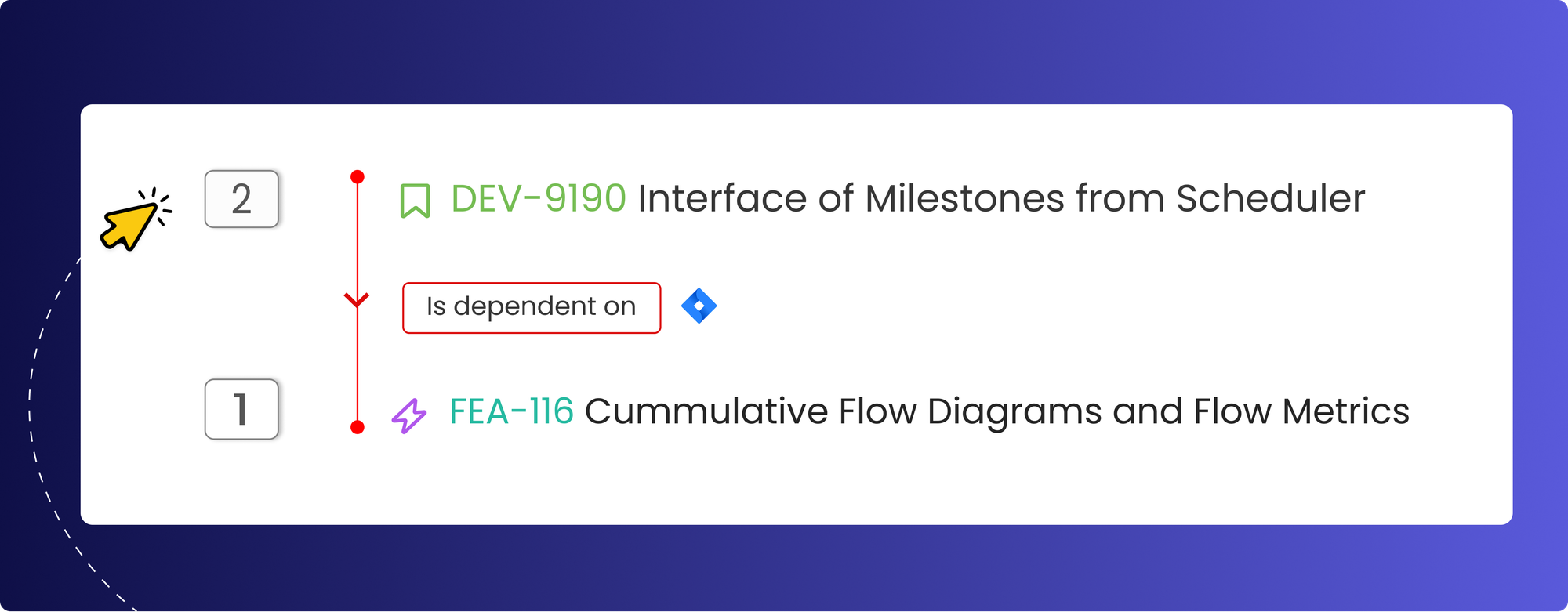
Want to Learn More About this Update? Get in Touch with Us
Bringing Clarity to the ALM: Enhanced Extension Views
While Kendis integrates by creating dependencies in Jira and ADO, the native ALM view sometimes lacked the necessary clarity. Teams working solely in their ALM may not have fully understood the strategic flow.
Kendis has introduced a powerful feature: an extension for Jira and Azure DevOps that displays a rich, descriptive view of the dependency directly inside the native work item screen. This extension provides the essential context that was missing, showing the dependency relationship clearly and utilizing the simplified 1 and 2 numbering. This ensures teams have all the information they need to manage their commitment without having to leave their familiar ALM environment.
4. The Cross-ALM Superpower for Solution Trains
Perhaps the most significant benefit for large enterprises is Kendis’ ability to bridge disconnected toolsets. When a Solution Board governs a large value stream where different components are tracked in different ALMs (e.g., Program A uses Jira, Program B uses Azure DevOps):
Kendis can manage cross-ALM dependencies, creating Kendis-only dependencies that connect work items from disparate systems. Crucially, because of the new extensions, both the Jira user and the ADO user will see this dependency beautifully rendered inside their respective ALM via the Kendis extension.
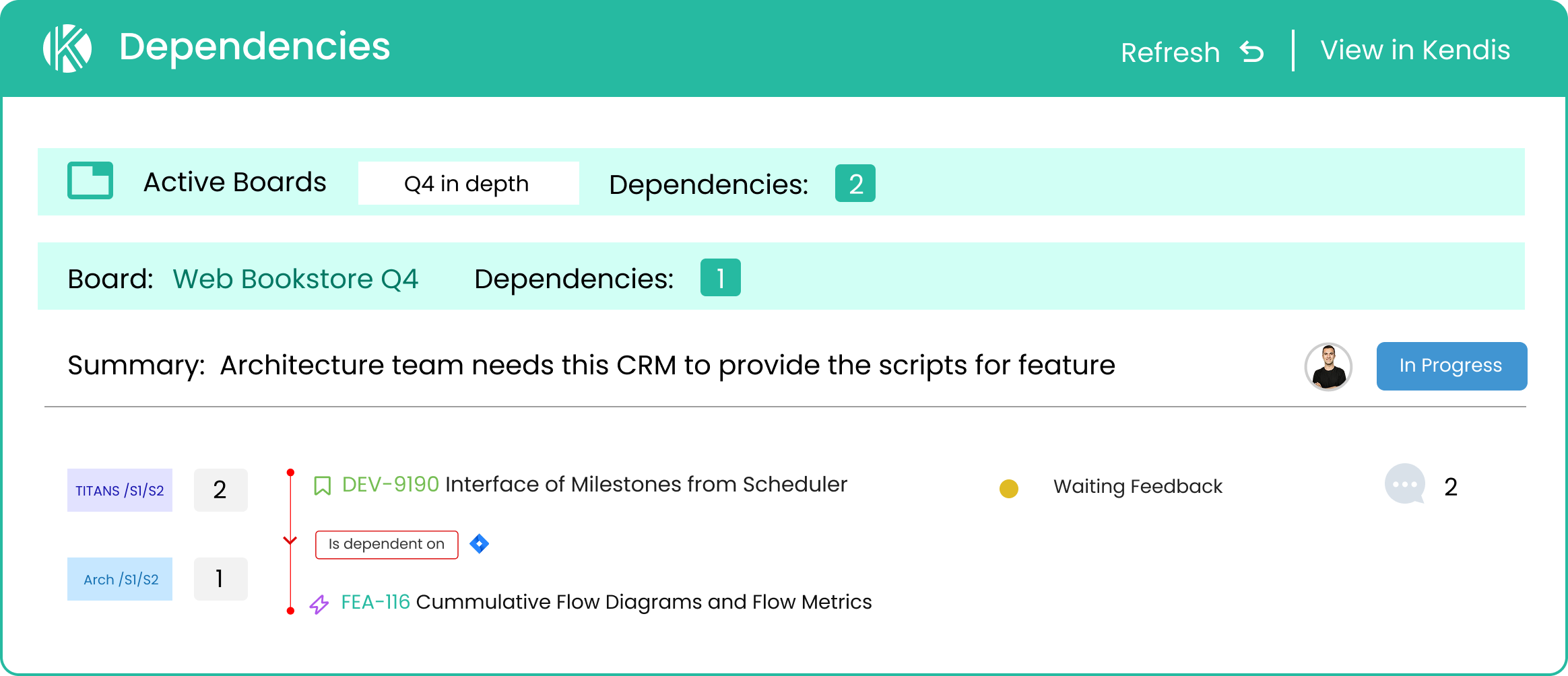
This is a massive advantage: you gain end-to-end dependency visibility and management across your entire solution train, regardless of the underlying ALM tool used by individual teams.
Kendis Extension for Azure DevOps: Installation & Usage Guide
Turning Risk into Predictability
The difference between merely seeing dependencies and actively managing them is the difference between hoping for success and guaranteeing it. Kendis’ latest updates fundamentally shift how scaled agile organizations handle complex dependencies.
By providing instant, actionable dashboards at both the ART and Solution levels, clarifying relationships with the universally understood 1 and 2 numbering, and ensuring in-tool clarity across multiple ALMs via seamless extensions, Kendis transforms a major source of delivery risk into a transparent, manageable flow. Stop wasting time deciphering ambiguous links and start focusing on predictable, continuous delivery.
With these updates, dependency tracking in Kendis becomes more visual, more flexible, and more aligned with real delivery needs. Every planning cycle brings new complexities — our goal is to make visibility the least of your worries.
Ready to Try It Out?
Curious how these updates fit into your setup?
Schedule a demo or get in touch — we’ll walk you through how to make the most of the new Dependency Tracking experience.

